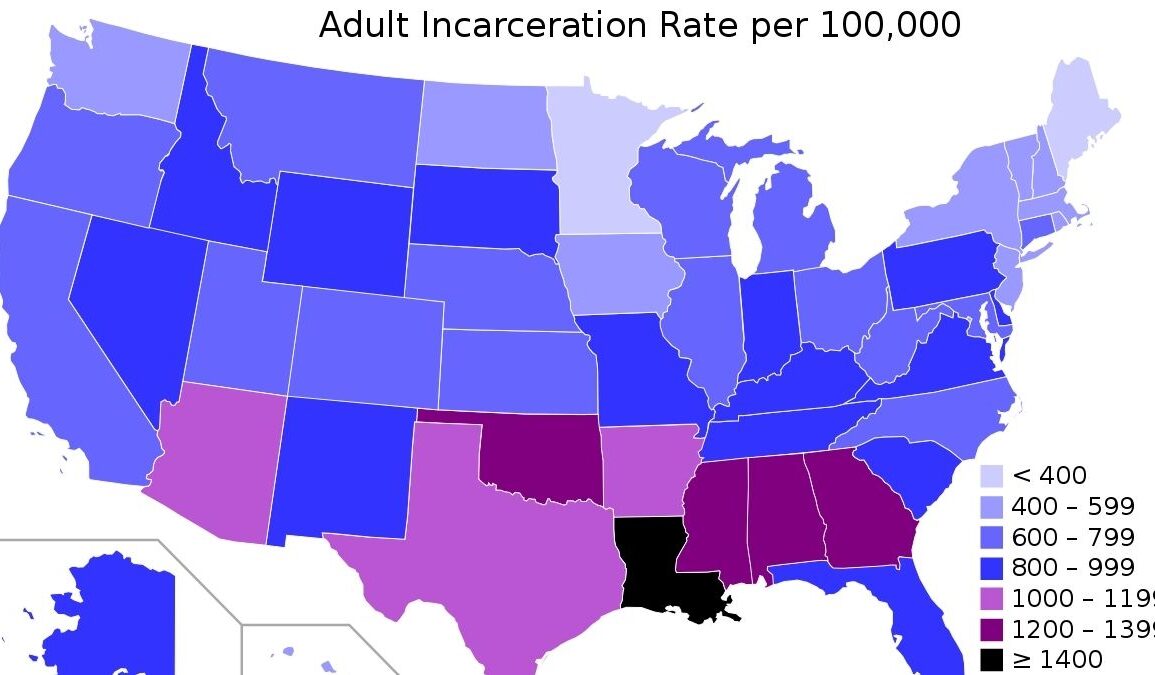
The latest 2022 FBI data reveals a concerning trend: the number of women offenders in US prisons is significantly increasing, marking a pivotal shift in incarceration demographics. This uptick in female incarceration rates not only challenges preconceived notions about crime and gender but also calls for an urgent reevaluation of the criminal justice system’s approach to women offenders.
Unpacking the Numbers
Recent statistics have shed light on a troubling reality: women are the fastest-growing segment of the incarcerated population in the United States. According to the US Sentencing Commission, the female prison population has surged by 475 percent over the past 40 years. In 2019, over 231,000 women and girls were confined in jails and prisons across the country, a staggering increase from the past when women hardly made up a significant portion of the incarcerated population.
Further research points to an even more nuanced picture. While men’s jail populations saw a 9 percent decrease from 2008 to 2018, women’s jail populations grew by 15 percent during the same period. State prisons are witnessing a similar trend, with women’s incarceration rates climbing at double the rate of men’s. This surge is not limited to adult offenders; juvenile justice data reflects an increase in violent crimes committed by female youths, emphasizing the need for targeted interventions.
Behind the Rising Rates
The reasons behind this increase are multifaceted and complex. Issues such as domestic violence, substance abuse, and mental health problems are prevalent among women in the criminal justice system. Economic disparities and a lack of social support further complicate the situation, pushing more women into criminal activities. The justice system’s response to female offenders often fails to address these root causes, leading to higher recidivism rates and prolonged incarceration.
Additionally, the criminal justice system’s historically male-centric policies and practices have been slow to adapt to the changing demographics of the incarcerated population. Programs tailored to the specific needs of women, such as trauma-informed care and family reunification initiatives, are scarce and underfunded, further exacerbating the issue.
Looking Ahead: Reform and Support
The rising incarceration rates of women in the US signal a pressing need for reform and a reevaluation of the criminal justice system’s approach to female offenders. Advocates argue for a shift towards more rehabilitative and restorative justice models that address the underlying causes of women’s criminal behavior. Investing in community-based alternatives to incarceration, such as mental health and substance abuse treatment programs, could offer a more effective and humane solution to this growing problem.
The trend also highlights the importance of supporting initiatives aimed at reducing gender disparities and providing women with the resources and support they need to lead productive, crime-free lives. By focusing on prevention, treatment, and reintegration, society can begin to reverse the alarming rise in female incarceration rates and move towards a more equitable and just criminal justice system.
This post was originally published on this site be sure to check out more of their content.









